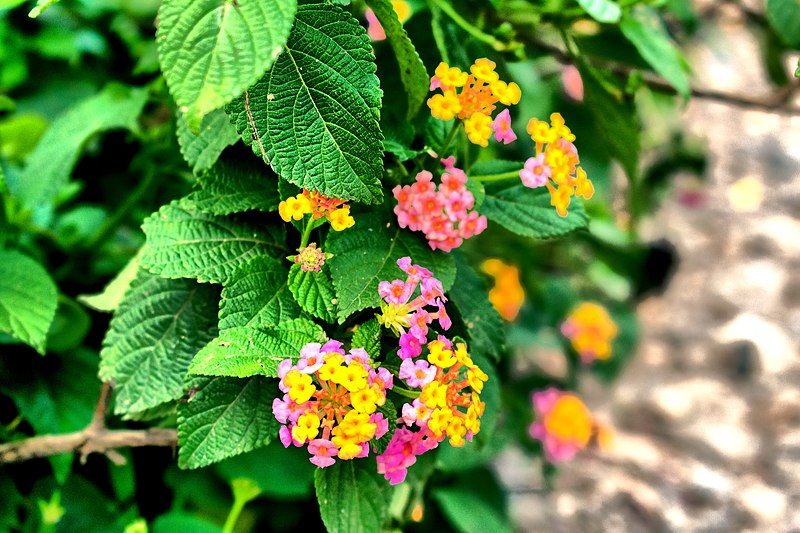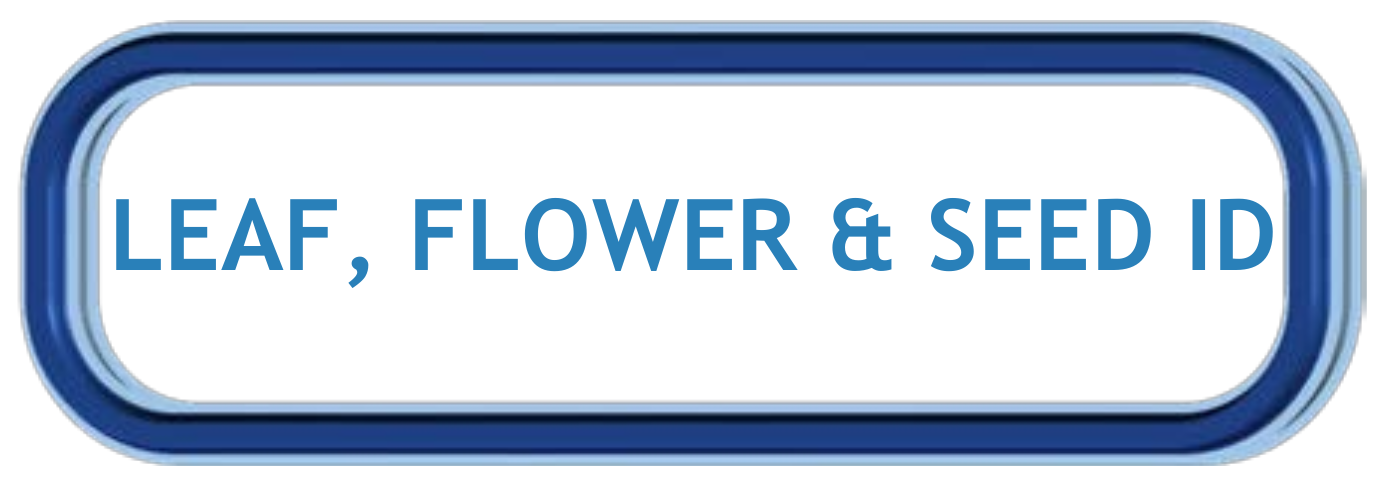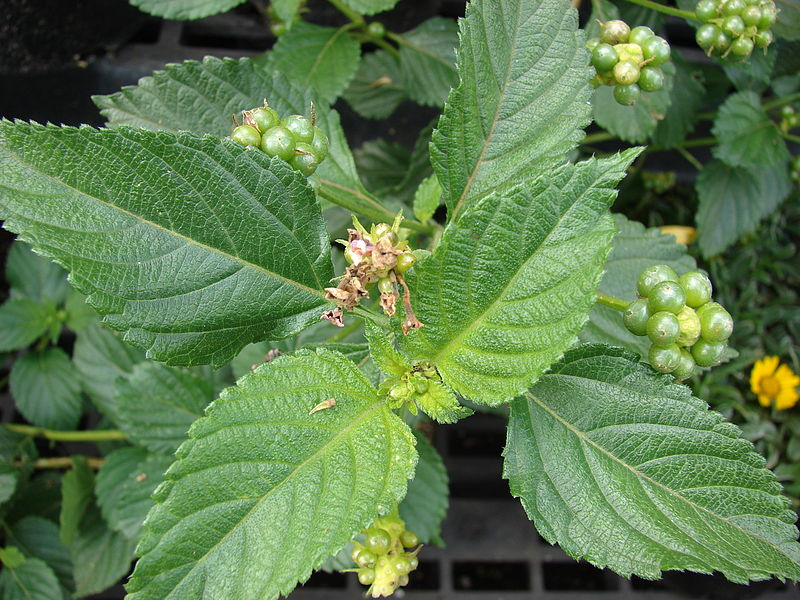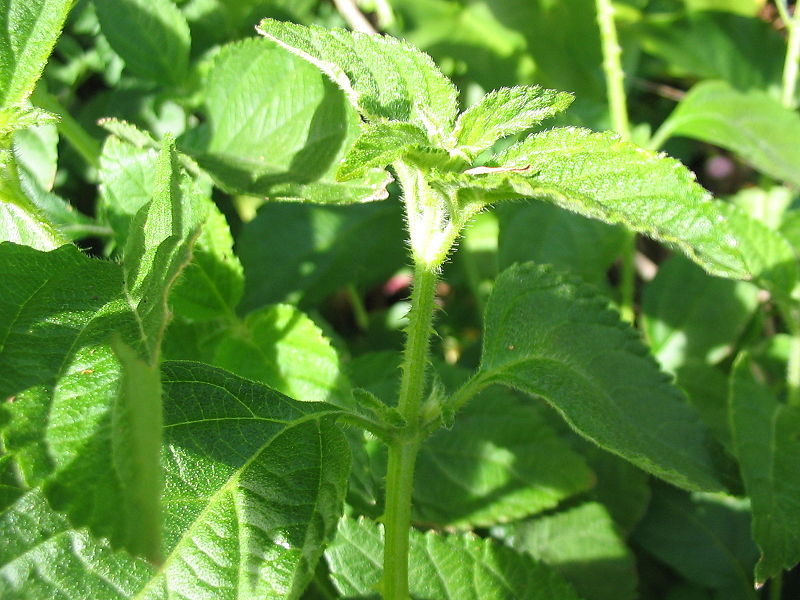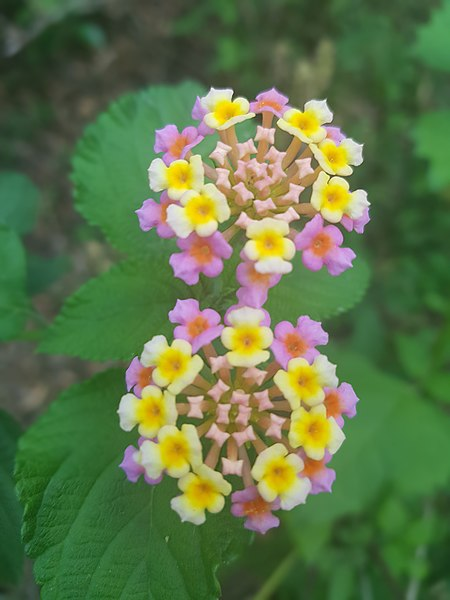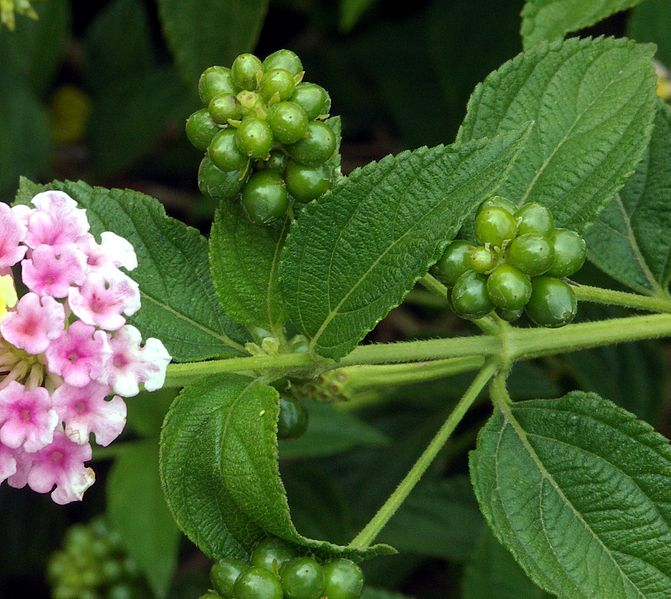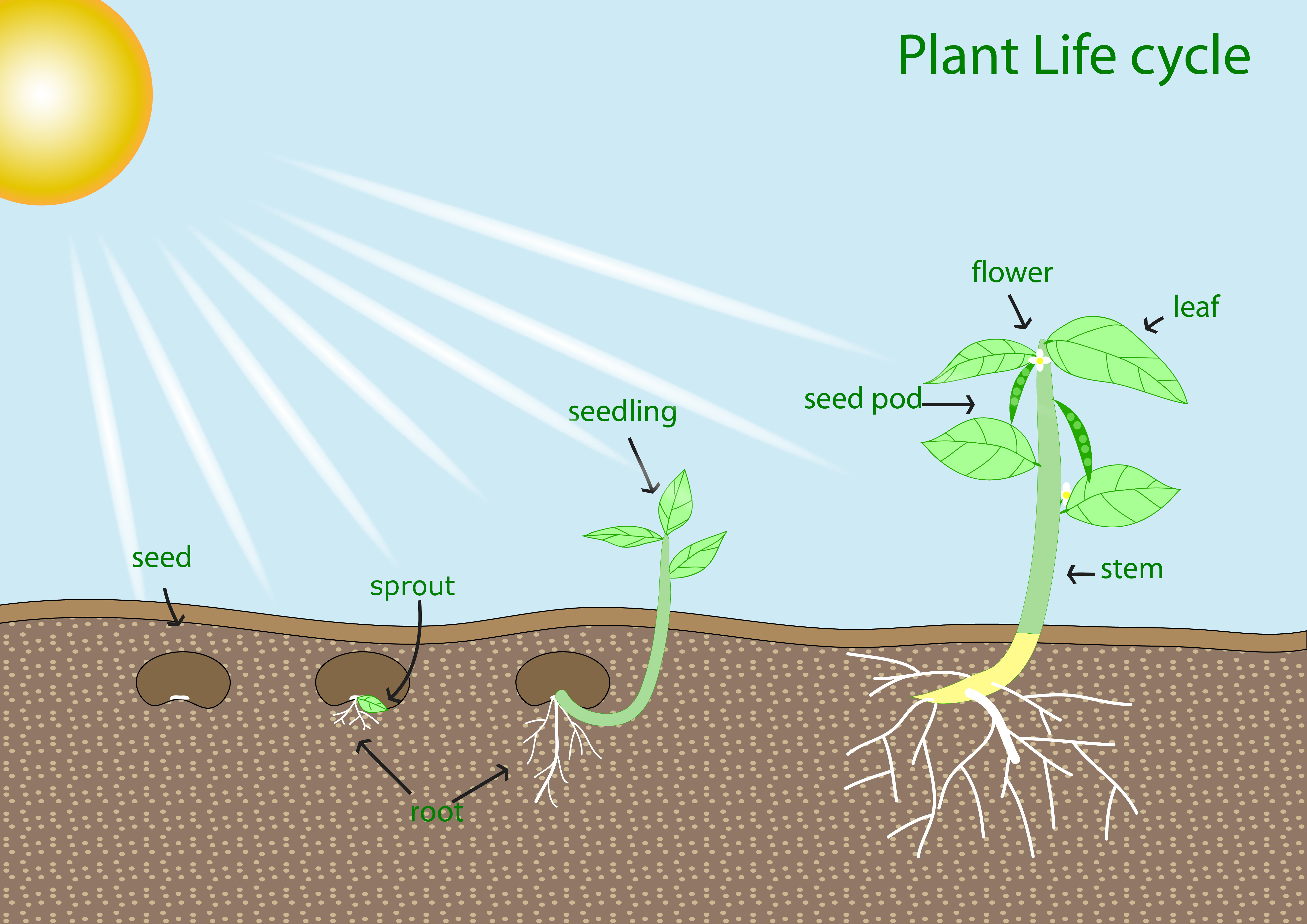Dig into Plants: Miss Huff Lantana
| Miss Huff Lantana Other Common Names: Lantana, Shrub Verbena Scientific Name: Lantana camara 'Miss Huff' Native to Alabama: No, non-native |
|
Wikimedia Samratmaina2019 Click on image to enlarge it |
Learn more about...
| Ecological Benefits |
| This plant provides food for: | ||||
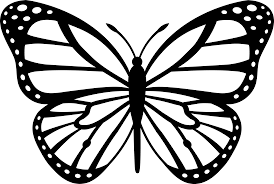 |
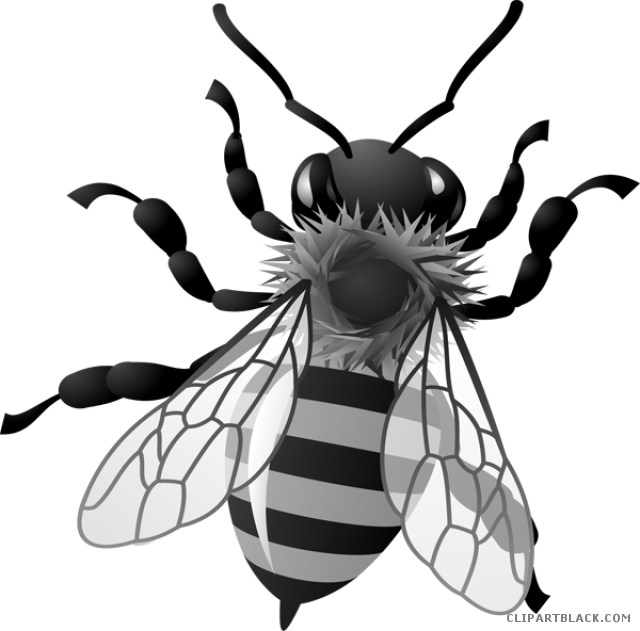 |
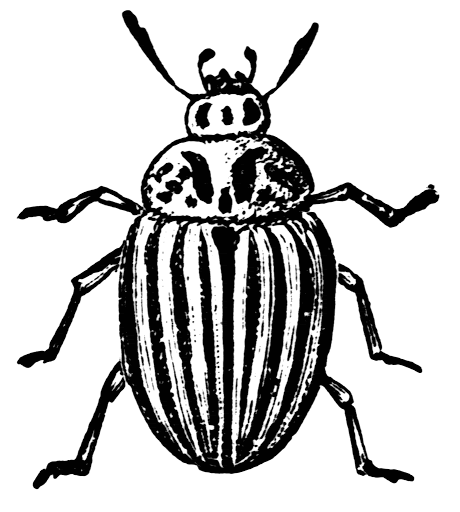 |
 |
 |
| Butterflies | Native Bees | Other Pollinators | Hummingbirds | Other Birds |
| Habitat Requirements | |||
| This plant prefers: | |||
|
(6+ hours of sun per day) |

Average Watering |
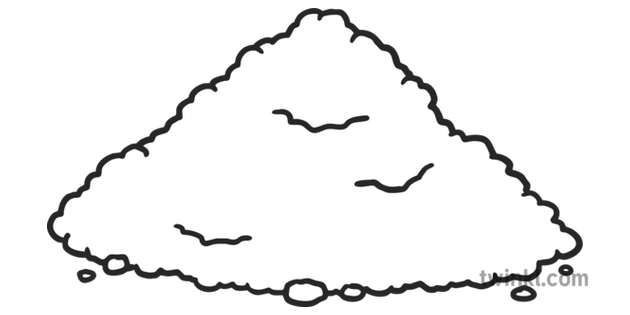 Well-drained, Sandy, Well-drained, Sandy,or Loamy Soil |
|
| Leaf, Flower & Seed Identificaiton | ||||
| LEAF DESCRIPTION |
Wikimedia
Ixitixel Click on image to enlarge it |
|||
| Leaf Characteristics Chart (PDF) | ||||
| Shape: Ovate |
Margin: Crenate |
Arrangement: Opposite |
Form: Simple |
|
|
|
|
|
|
|
| Description: | ||||
| Up to 4-inch dark green leaves; the foliage has small hairs and scales making it rough to touch, and fragrant when bruised; stems are woody at base, angled and hairy when younger, older stems have prickles | ||||
| FLOWER DESCRIPTION |
Wikimedia
Nepalbibesh2075 Click on image to enlarge it |
|||
| Flower Shape Chart (JPG) | ||||
| Color: Orange and pink |
Shape:
Tubular |
Bloom Months: Mar - Oct |
||
| Description: | ||||
| Tiny 4-5 lobed flowers in hemispherical clusters up to 2 inches in diameter; grown in head-like spikes from the axils of the leaves; after pollination, the color of the flower changes to signal to pollinators | ||||
| SEED DESCRIPTION |
Wikimedia
Alvesgaspar Click on image to enlarge it |
||
| Type: Fruit - Berry |
Description: Less than 1-inch, 2 seeded berry; starts green and changes dark purple or black when mature |
Months in Seed: Fall |
|
| Plant spreads by: | |||
| Seeds and Rhizomes/ Tubers/ Roots & Shoots Birds and other animals that consume lantana fruit can spread seeds across large distances; vegetative reproduction occurs when lantana stems come into contact with moist soil, initiating root formation at the contact site. |
|||
ADDITIONAL RESOURCES FOR TEACHERS
| Quick Fact Sheet (Condensed Species Info) |
Plant ID Sign: Ready as-is PDF |
Plant ID Sign: Editable Word Doc |
QR Code (Links to this Webpage) |
INFORMATION SOURCES FOR THIS PLANT
 |
 |
|
|
|
|
|
 |
 |
 Wildlife Tag
Wildlife Tag
